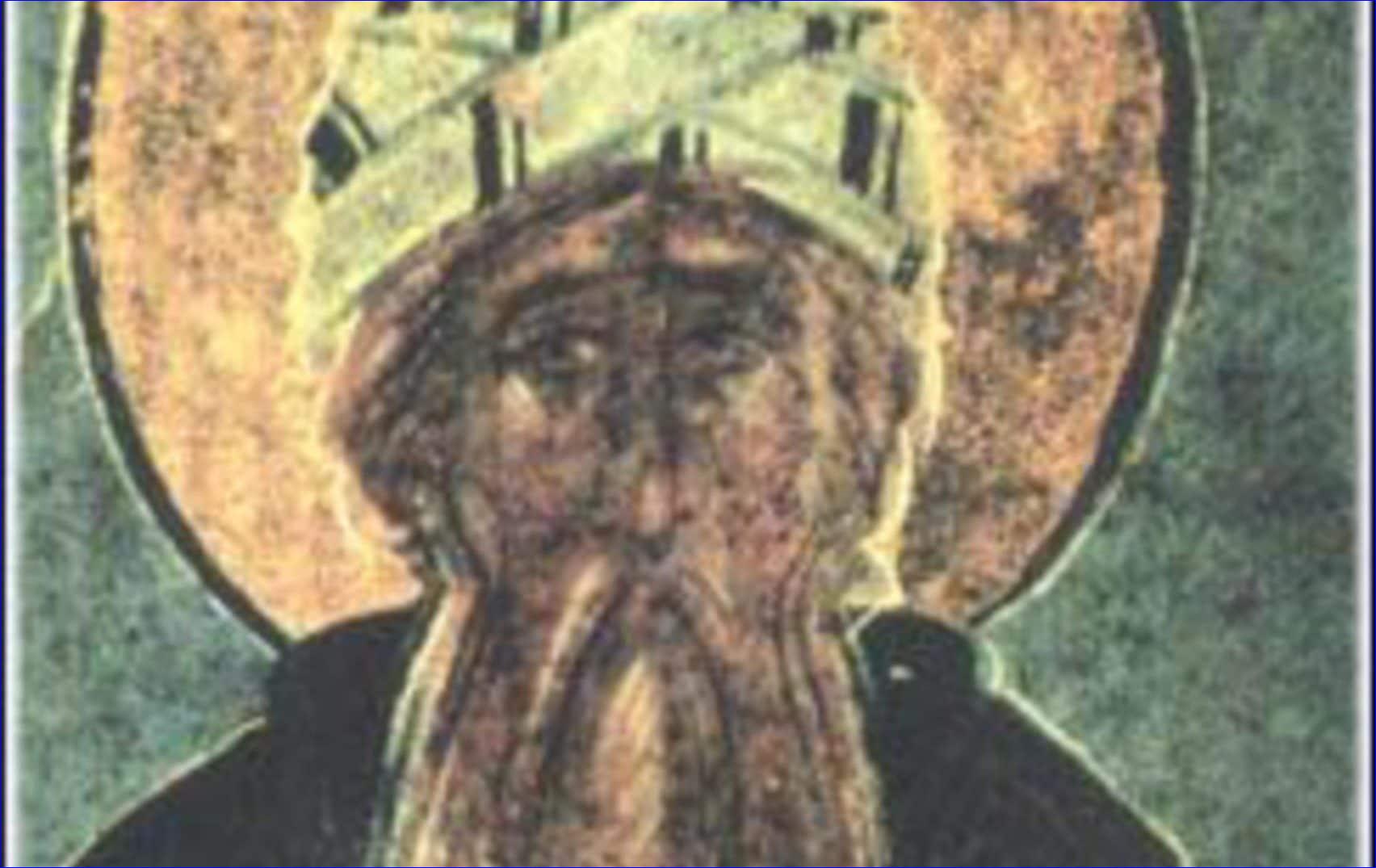


 Alamy)
Alamy)
Related: Sacred Mysteries: Making Strange Assyrians Strangers No Longer
Saint Isaac of Nineveh lived in the seventh century and served briefly as bishop of Nineveh before retiring to a life of solitude and prayer. Born in the region of modern-day Qatar, he dedicated his life to contemplation and the pursuit of divine wisdom. His writings, composed in Syriac, speak of humility, inner peace, and the boundless mercy of God. Translated into many languages, they became spiritual classics across the Christian world, influencing both Eastern monks and Western mystics. Isaac's message, centered on God's infinite compassion, continues to offer a timeless path toward interior transformation and unity with God.
The inclusion of St. Isaac's name in the Roman Martyrology reflects the Catholic Church's growing recognition of the shared heritage of faith that unites Christians across traditions. It demonstrates that sanctity is not confined to one communion but arises wherever hearts respond to God's love. By consulting and gaining the agreement of the Assyrian Church of the East before making the announcement, the Vatican emphasized that this was not an act of appropriation but of fraternity and mutual respect. It signaled a step forward in the long journey toward Christian reconciliation and mutual recognition.
For the Assyrian Church of the East, this recognition brought both honor and encouragement. After centuries of isolation, persecution, and migration, seeing one of its greatest saints officially recognized by Rome affirmed the global value of its spiritual tradition. It also deepened the ongoing dialogue between the two churches, which have already reached theological agreements on key doctrines such as the Eucharist and Christology. In St. Isaac's inclusion, Assyrians could see a message of solidarity--a reminder that their witness, born from suffering and perseverance, is treasured by the universal Church.
Ultimately, the 2024 event stands as a sign of hope and unity. The meeting between Pope Francis and Patriarch Awa III, crowned by the recognition of St. Isaac, expressed a shared longing for the day when East and West might again celebrate at one altar. Isaac's voice, proclaiming the mercy and love of God that surpass all human divisions, continues to call Christians to that unity. His life reminds the world that compassion, not conquest, heals the wounds of history--and that in God's mercy, there are no strangers.

or register to post a comment.